A 7.1-magnitude earthquake off the shoreline of Miyazaki Prefecture in southwestern Japan was recently recorded.
This earthquake has prompted significant developments and warnings.
Earthquake Information
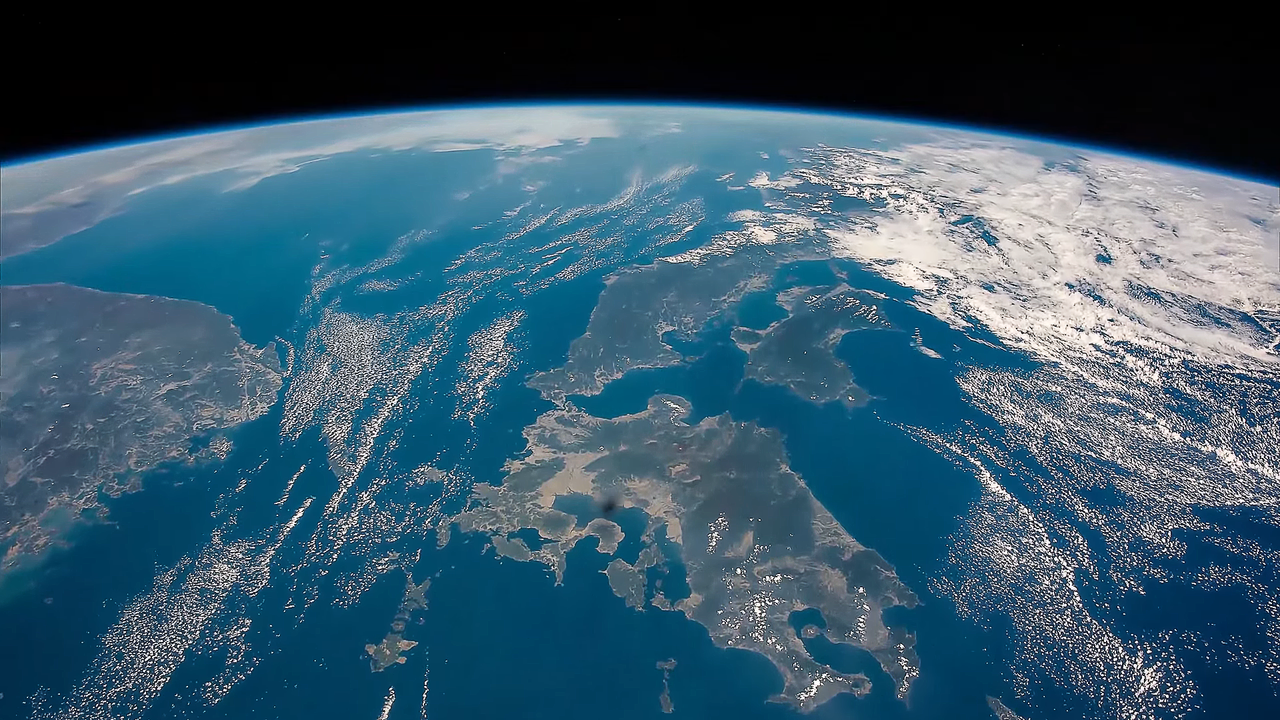
The earthquake happened at a depth of roughly 18 miles off the southern bank of Kyushu.
The earthquake occurred at 4:42 p.m. local time on August 8, 2024.
Tsunami Warning
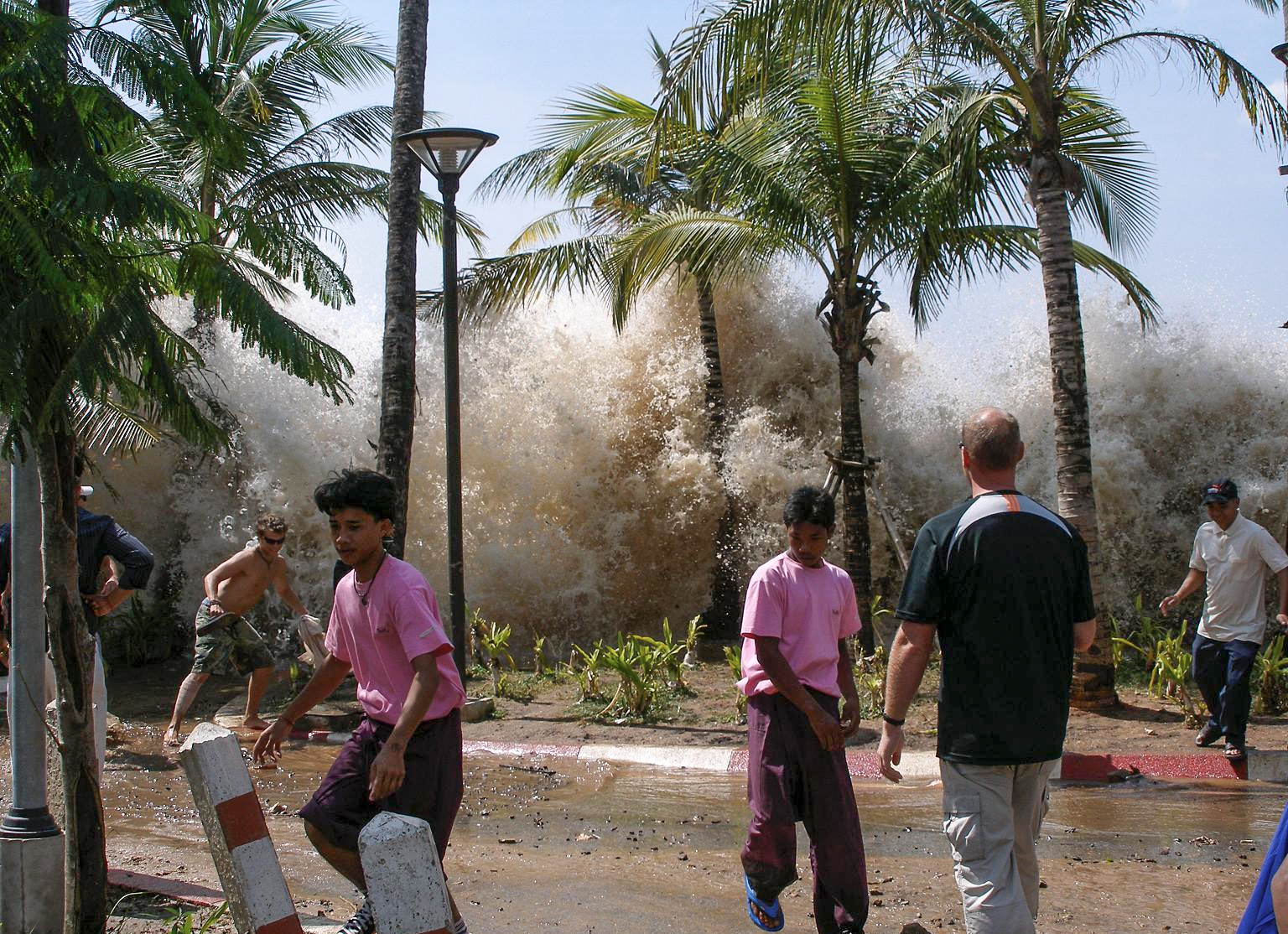
A tsunami warning was given for the coastal areas of Miyazaki, Kochi, Ehime, Oita and Kagoshima prefectures.
Small waves of up to 1.6 feet were recorded in these locations.
Tsunami Warnings Have Been Lifted
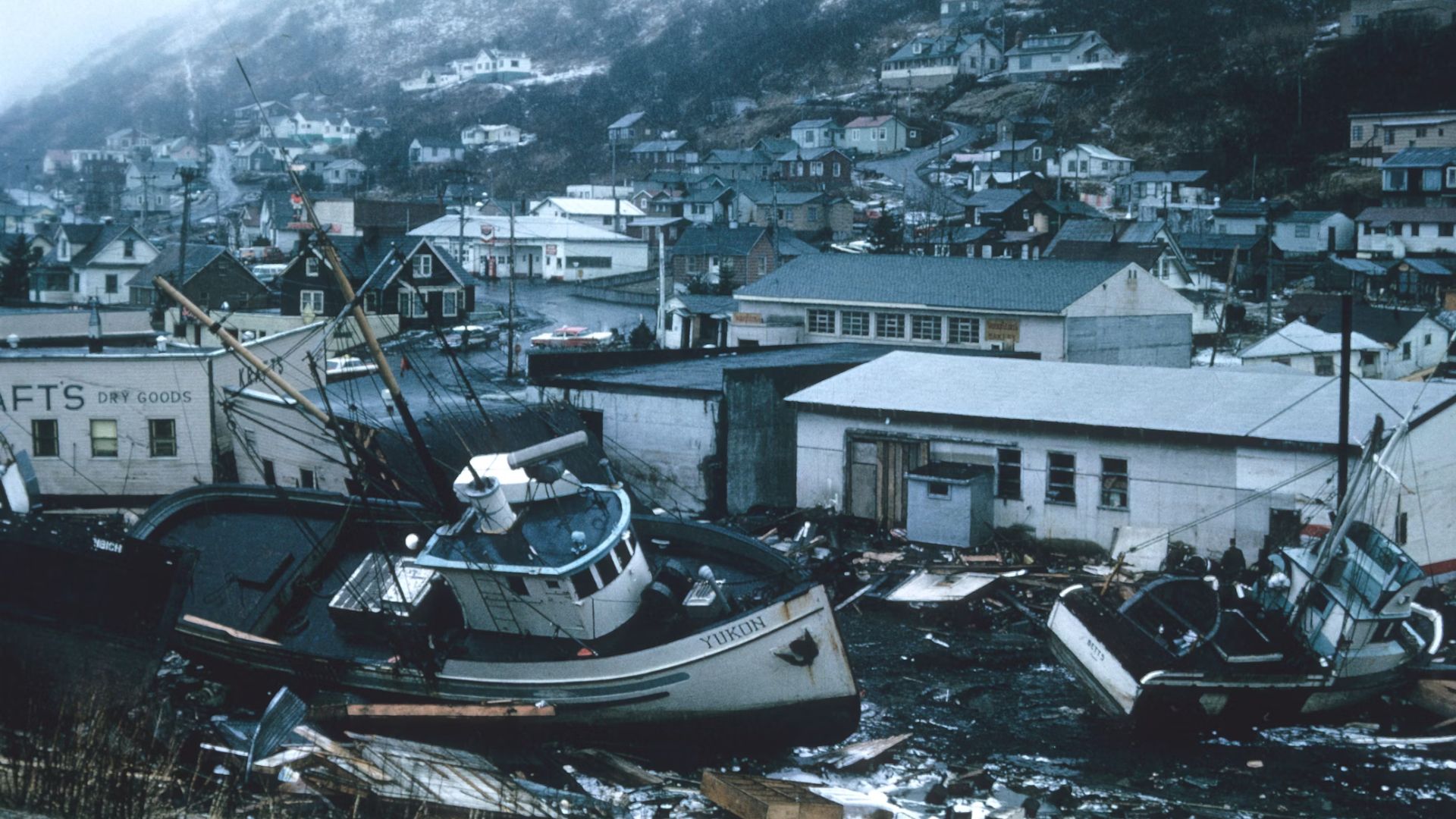
Despite the tsunami warnings that were put in place after the earthquake, those were lifted just a few hours later as there was no longer believed to be any danger.
However, there are still some concerns that a megaquake could happen off the back of all of this, which could cause more chaos than a tsunami ever could.
‘Megaquake’ Concerns
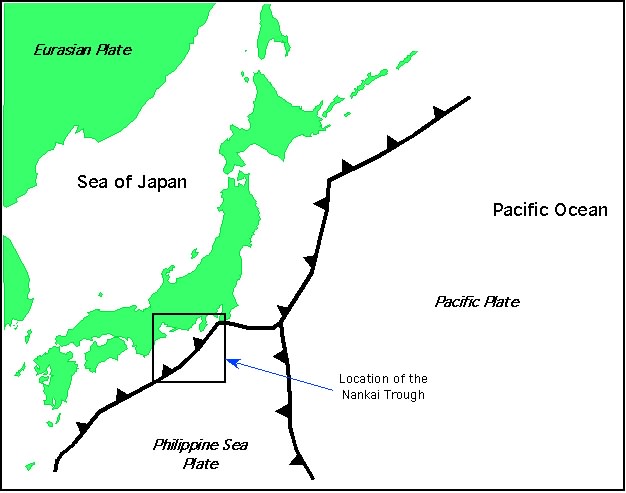
Japan gave its very first “megaquake” warning following this earthquake.
This indicates a higher probability of a critical earthquake along the Nankai Trough in the immediate future.
Why the Nankai Trough Is Important
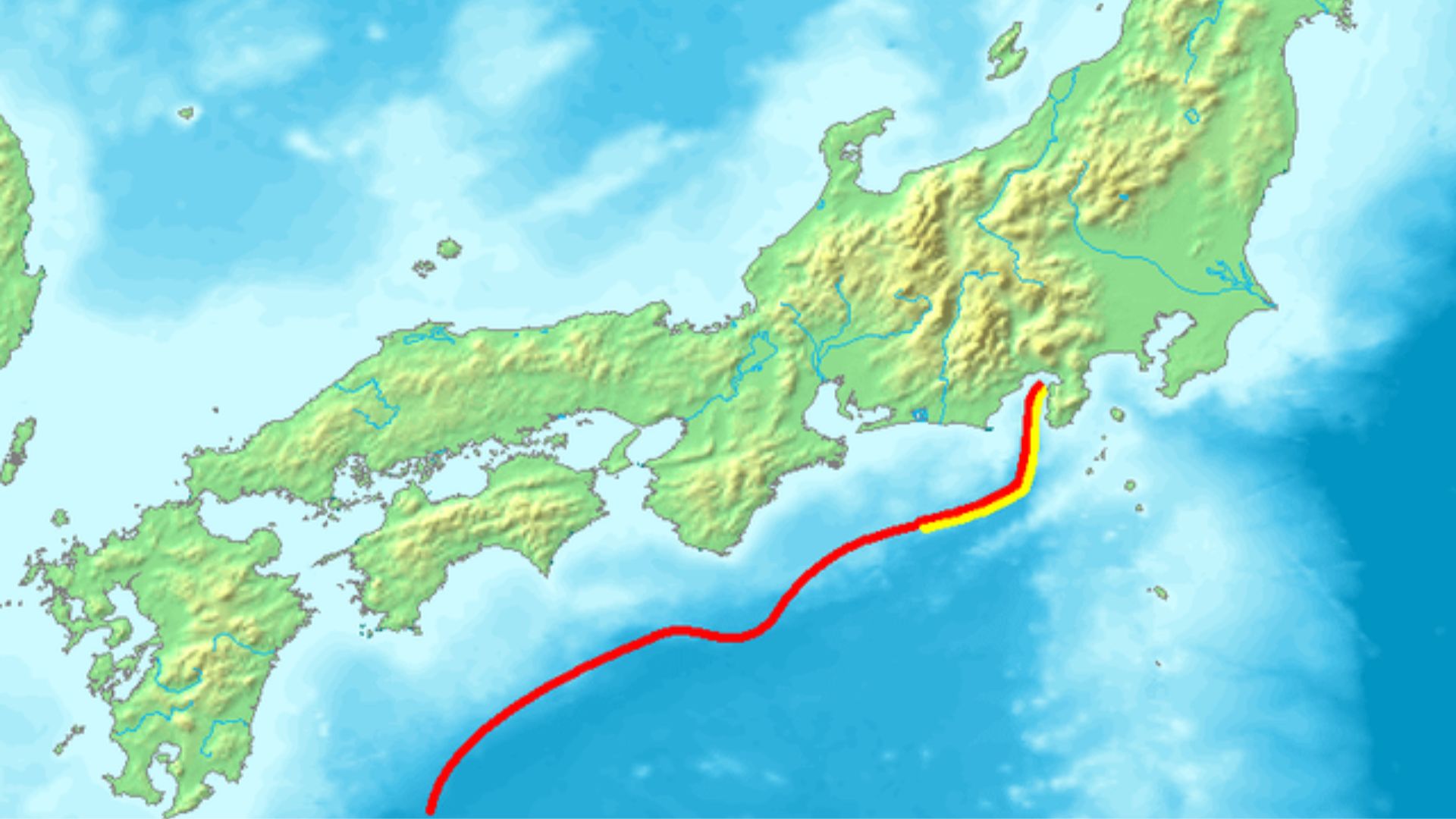
The Nankai Trough is essential when studying the probability of an earthquake or tsunami occurring in the area, as it is considered a dangerous subduction zone.
It is an underwater subduction zone where the Eurasian Plate collides with the Philippine Sea Plate. The Philippine Plate goes under the Eurasian Plate, and it then enters the Earth’s mantle.
Minor Injuries
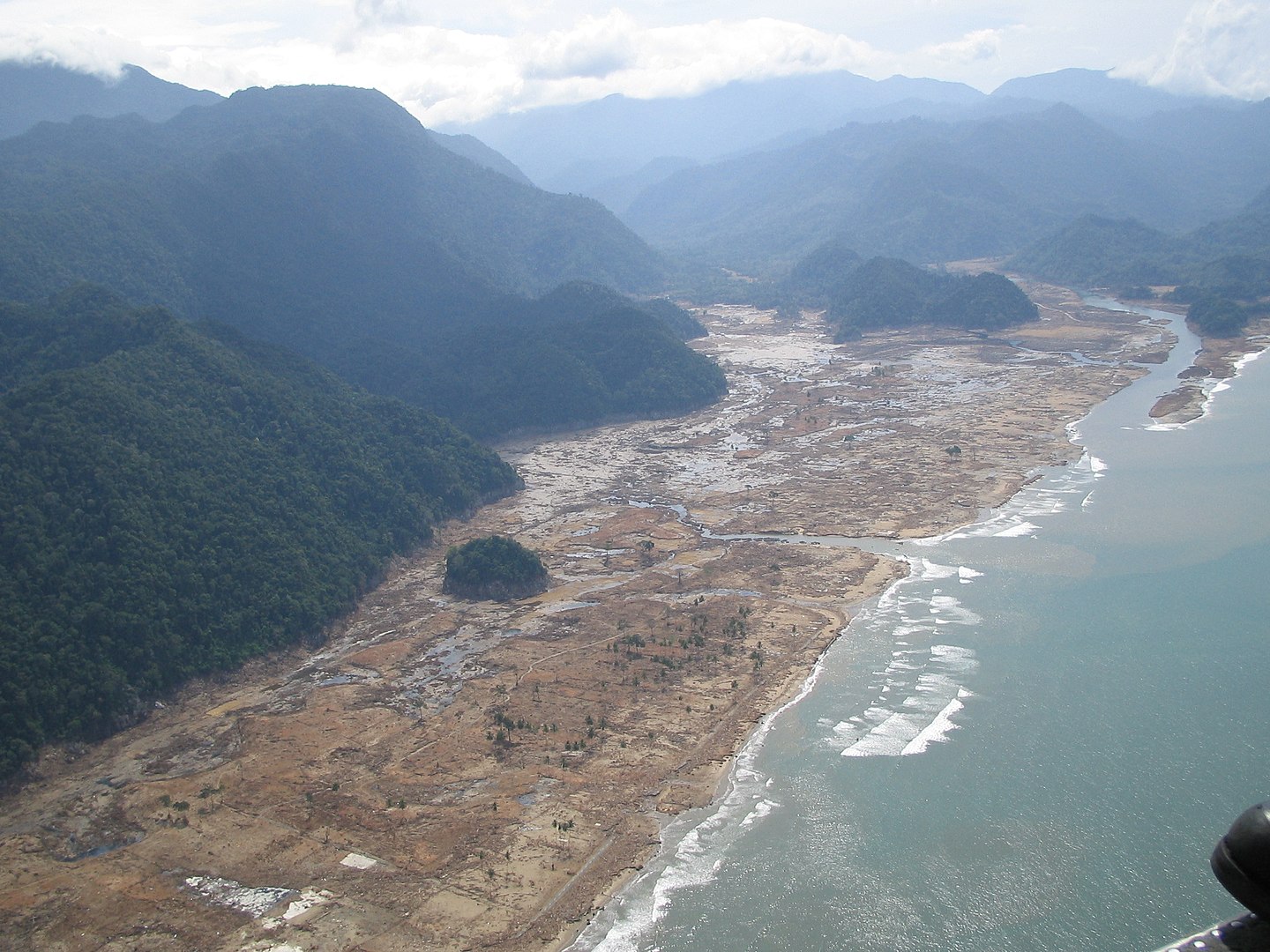
There were minor injuries recorded, including two elderly women who fell and a female assembly line laborer struck by a falling object.
There were no immediate reports of extreme damage or long-term injuries.
Infrastructure Impact
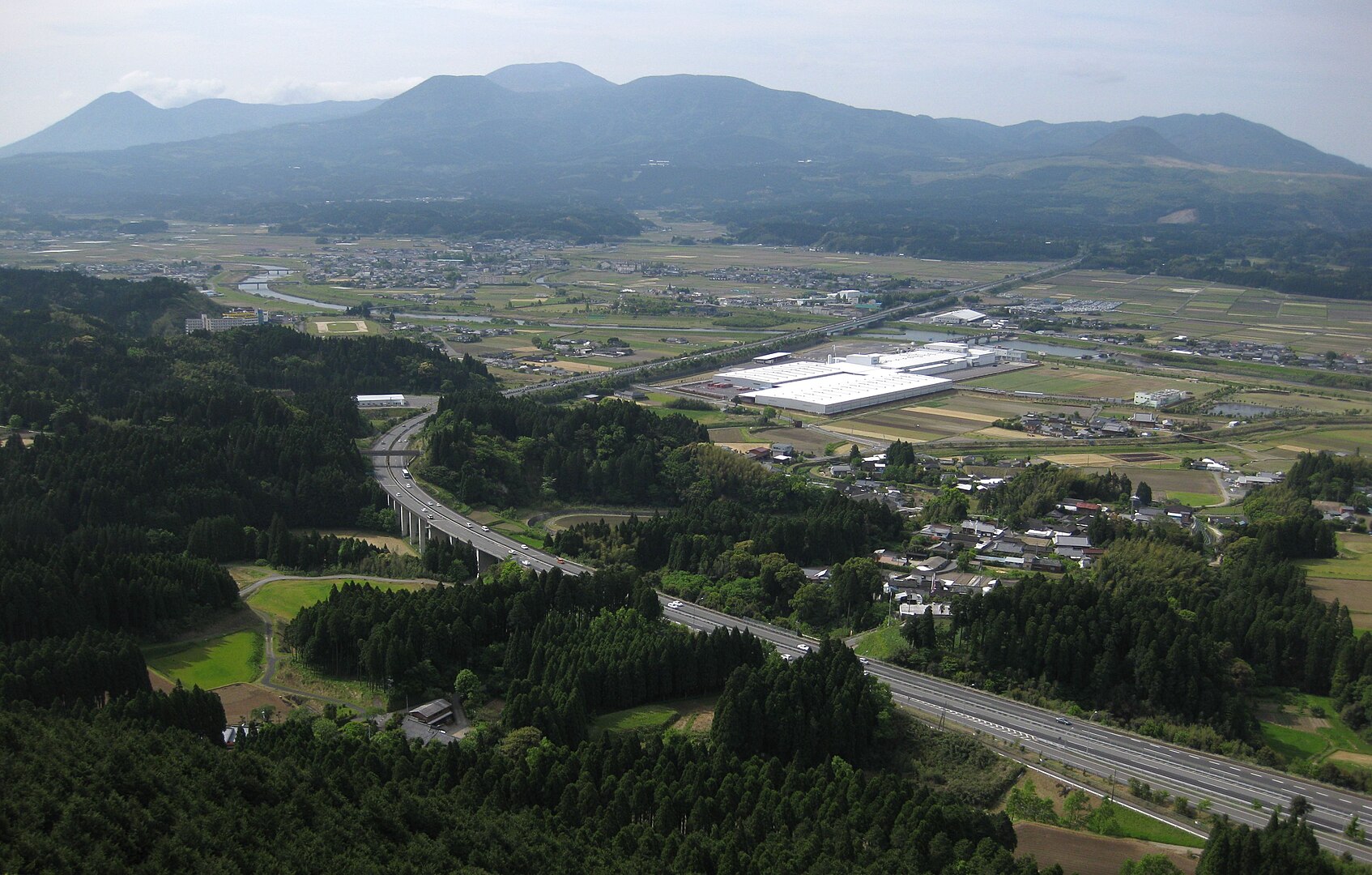
The earthquake didn’t cause huge disturbances to water, communications networks or power.
However, there were reports of landslides and malfunctioning traffic lights in Miyazaki Prefecture.
Nuclear Power Plants
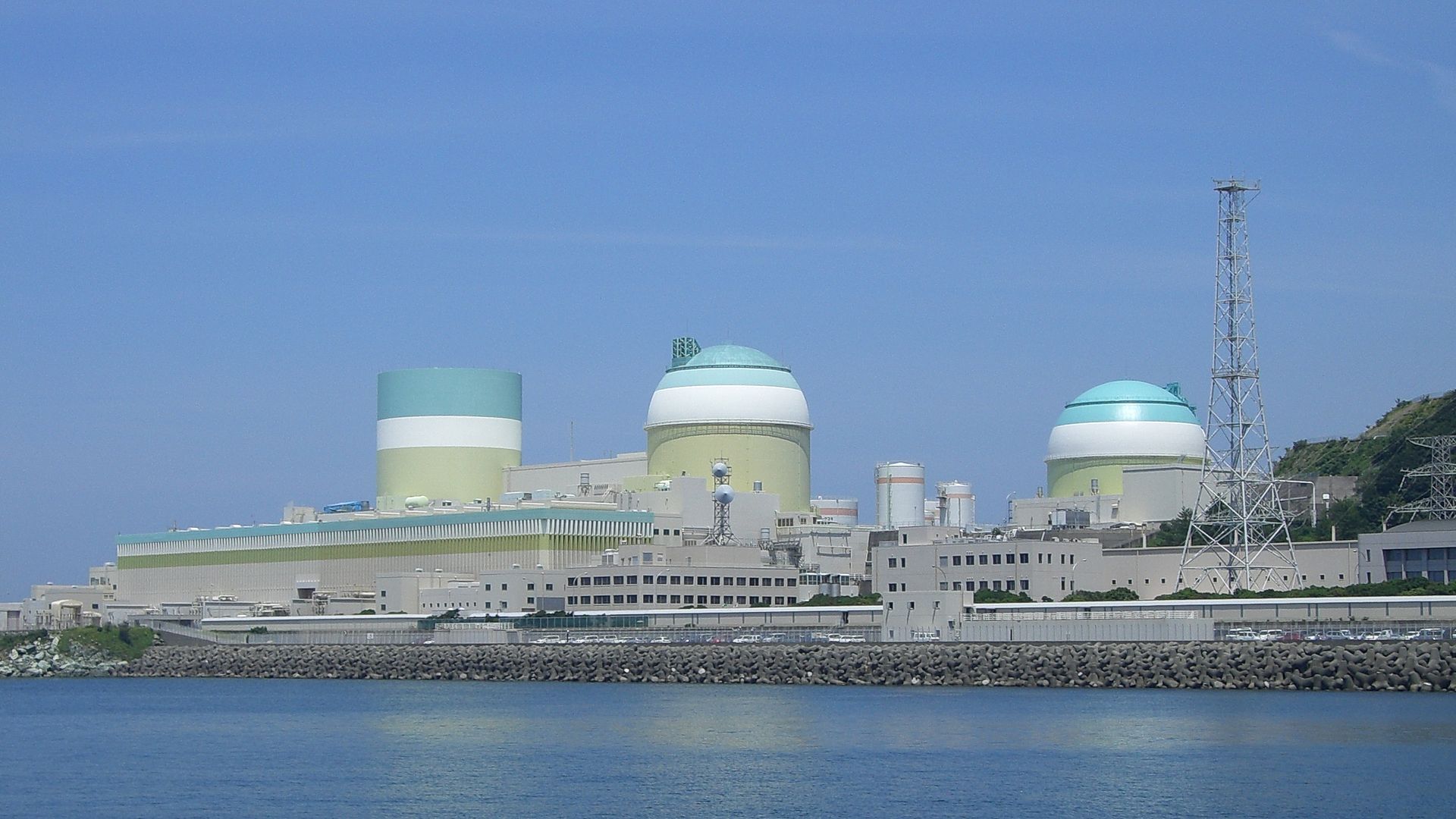
The Nuclear Regulation Authority affirmed that there were no anomalies at the Ikata and Sendai nuclear power plants.
This earthquake has elevated concerns because of Japan’s past incidences of decimating earthquakes.
Warnings for Tourists
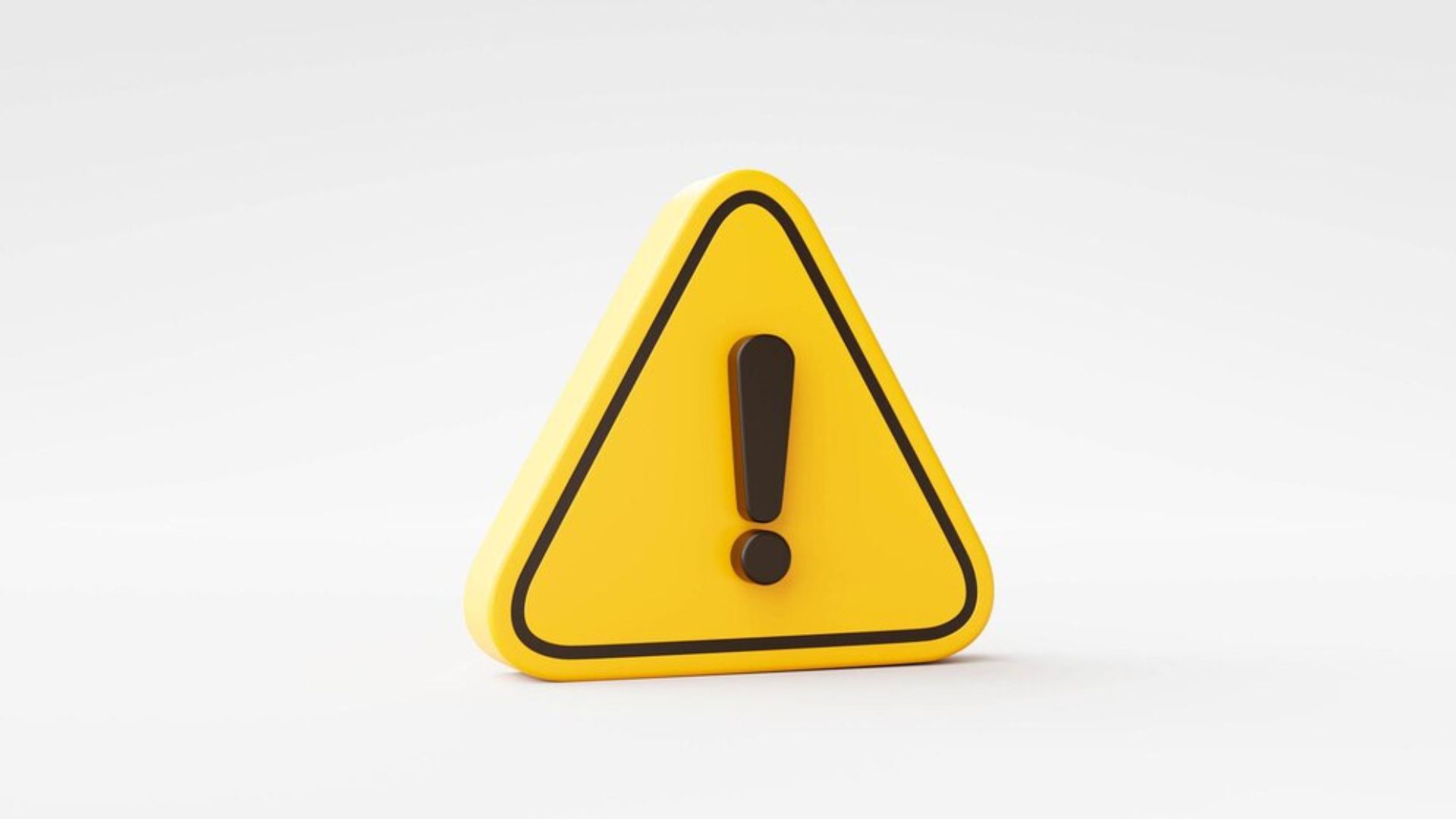
Tourists in various areas, especially those close to Japan, have received warnings about traveling to Japan at the moment over concerns of another earthquake occurring.
Hong Kong authorities have warned its civilians to stay away from Japan. However, they have said if they still intend to visit, they should remain vigilant, remain safe and pay close attention to warnings from the Japanese government.
An Amber Alert Has Been Issued
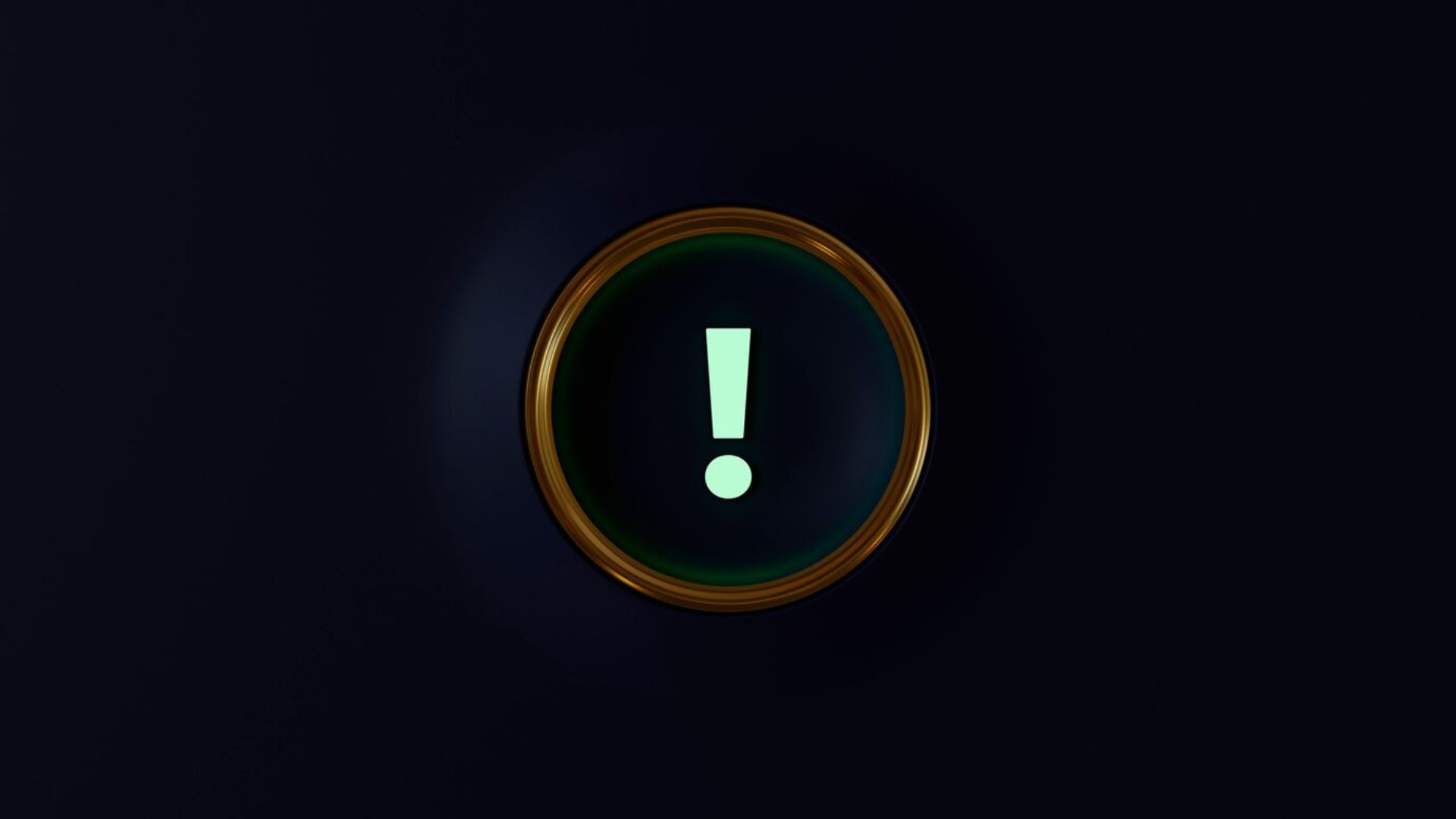
Hong Kong authorities have issued an amber alert for Japan. This current alert was issued in July 2012 and is updated to include various events, such as treated wastewater being released from a nuclear plant in August 2023.
The amber alert is the lowest type on the three-tier system, which also includes red and black warnings. It was created to help those traveling from Hong Kong to other countries stay alert regarding ongoing events in the country they are traveling to.
Tohoku Earthquake
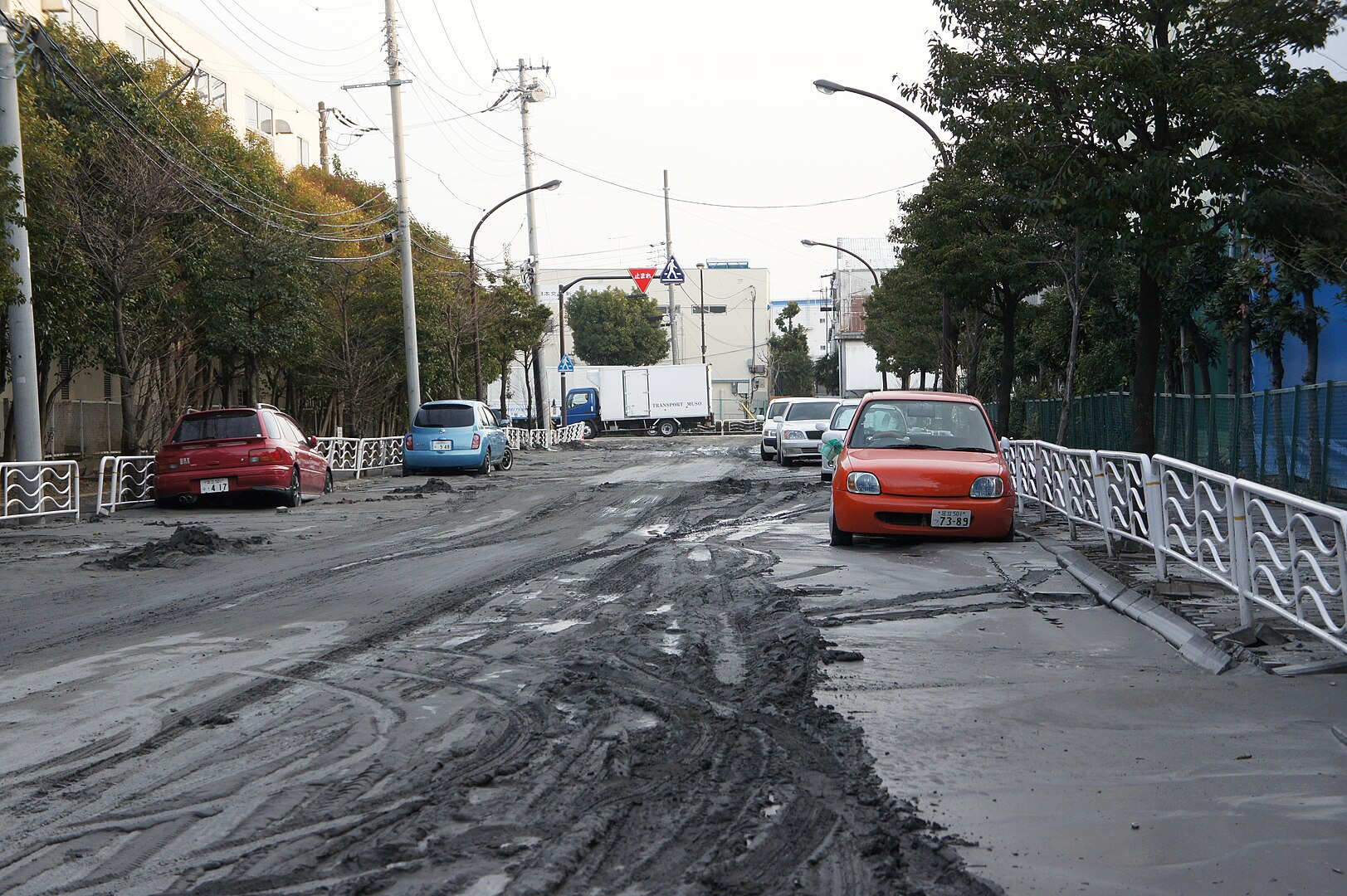
In the past, the 2011 Tohoku earthquake and tsunami caused major damage.
The Japanese government subsequently accentuated the requirement for carefulness and readiness concerning earthquake safety.
Safety Measures

The Japanese government has asked occupants to remain educated and prepared to evacuate if required.
Shinkansen services along the Kyushu lines and a ferry service from Kobe to Miyazaki were suspended as a safety measure.
Local Governments Have Taken Action
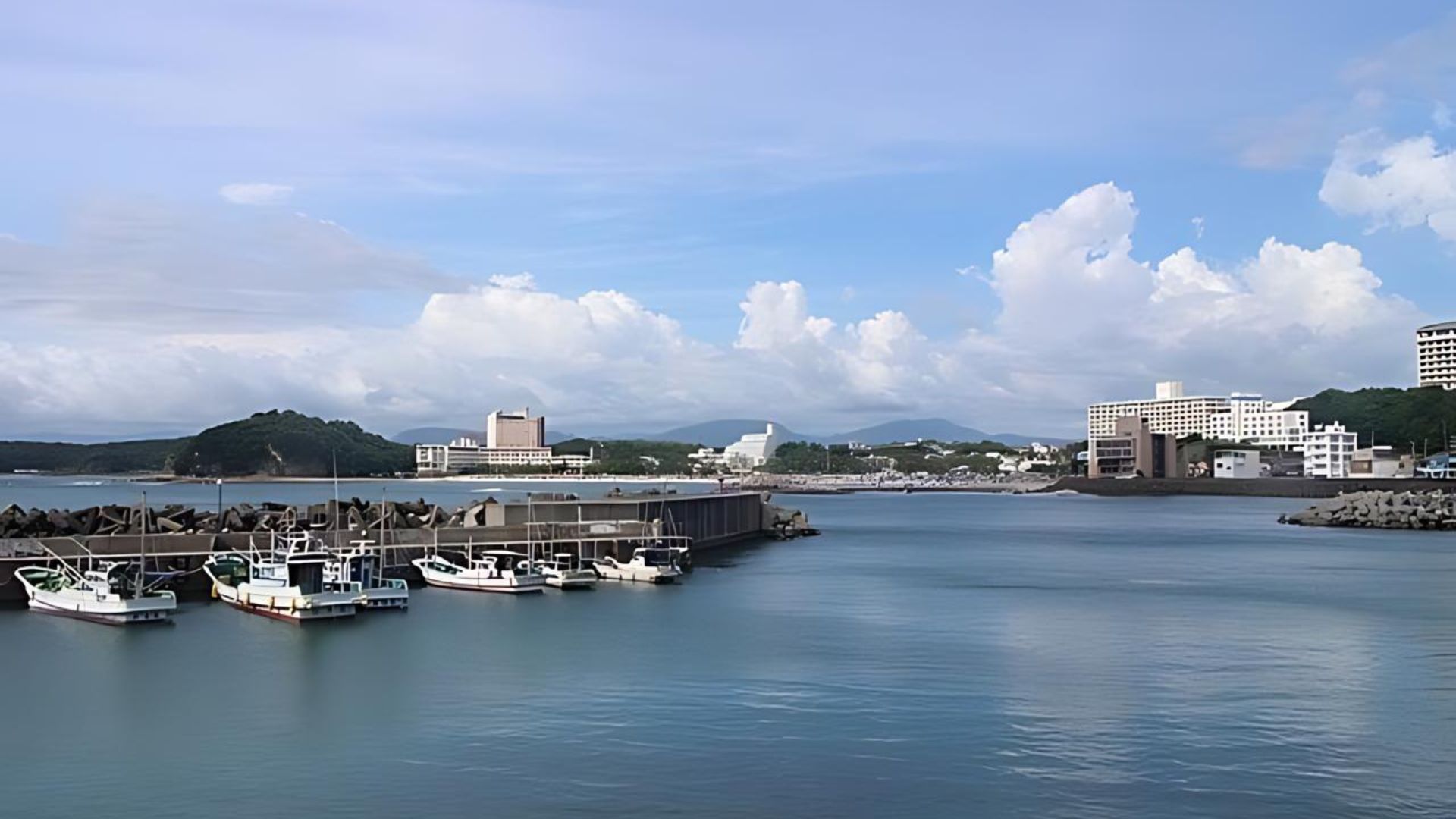
Due to the earthquake and the megaquake advisory currently in place, local Japanese governments have had to take action to prevent any harm to locals.
Shirahama, a popular seaside town in Wakayama, has decided to close its beaches, outdoor hot springs, parks and other facilities until next week. An annual fireworks festival has also been canceled.
Japan Meteorological Agency

The Japan Meteorological Agency cautioned of potential aftershocks.
They encouraged inhabitants to be wary of additional seismic activity and possible landslides.
Seismologist Monitoring
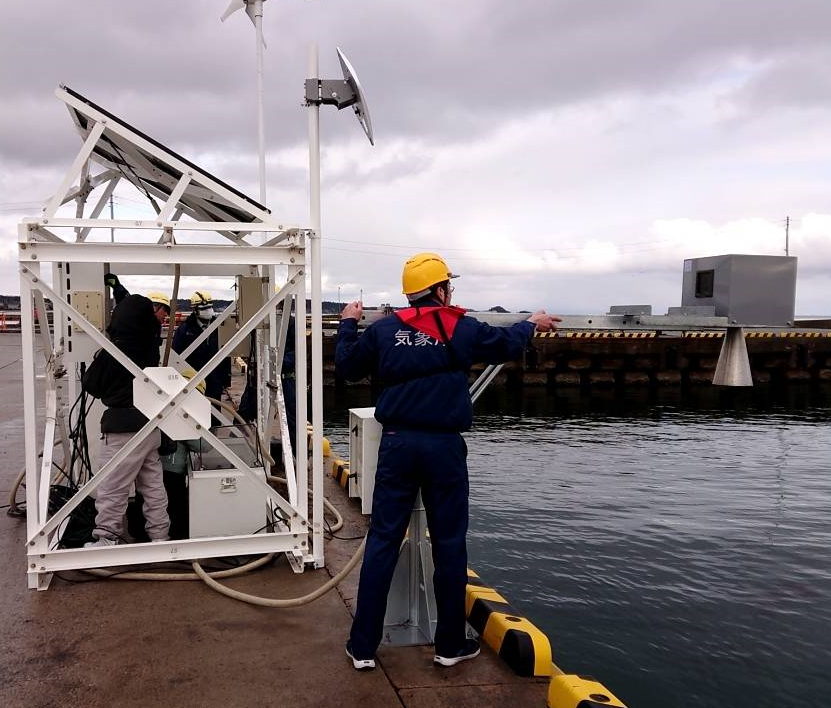
Seismologists are keeping a close eye on the situation to see if it has any effect on the Nankai Trough.
The Nankai Trough is known to be a major source of seismic activity.
80% Probability of an Earthquake Happening
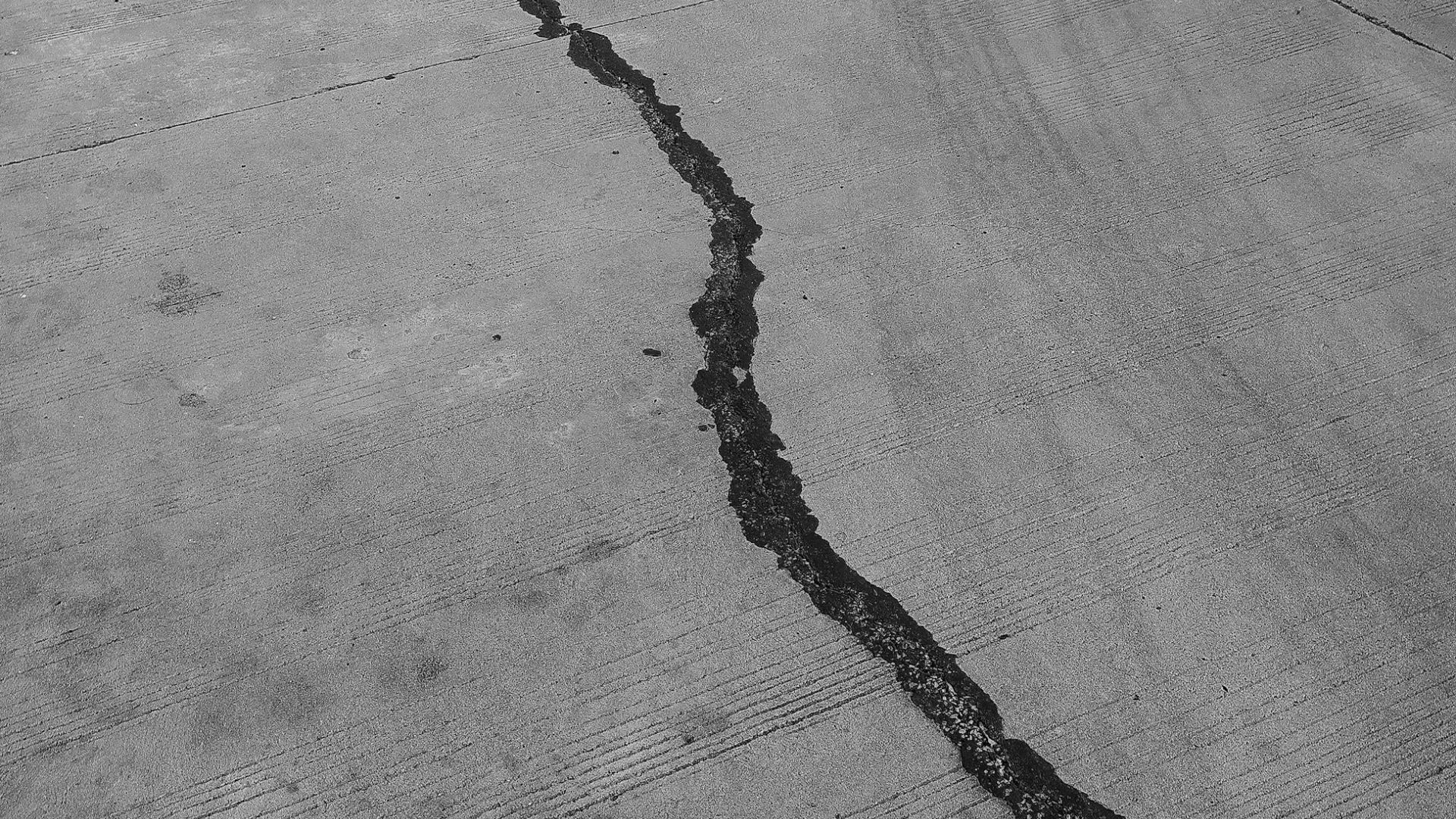
The study of the Nankai trough has found an increased probability of earthquakes in that area. Previous earthquakes have also caused giant tsunamis in this area.
Current estimates suggest a 70-80% chance of an earthquake with a magnitude of 8 or 9 happening in the next 30 years.
Short- and Long-Term Risks
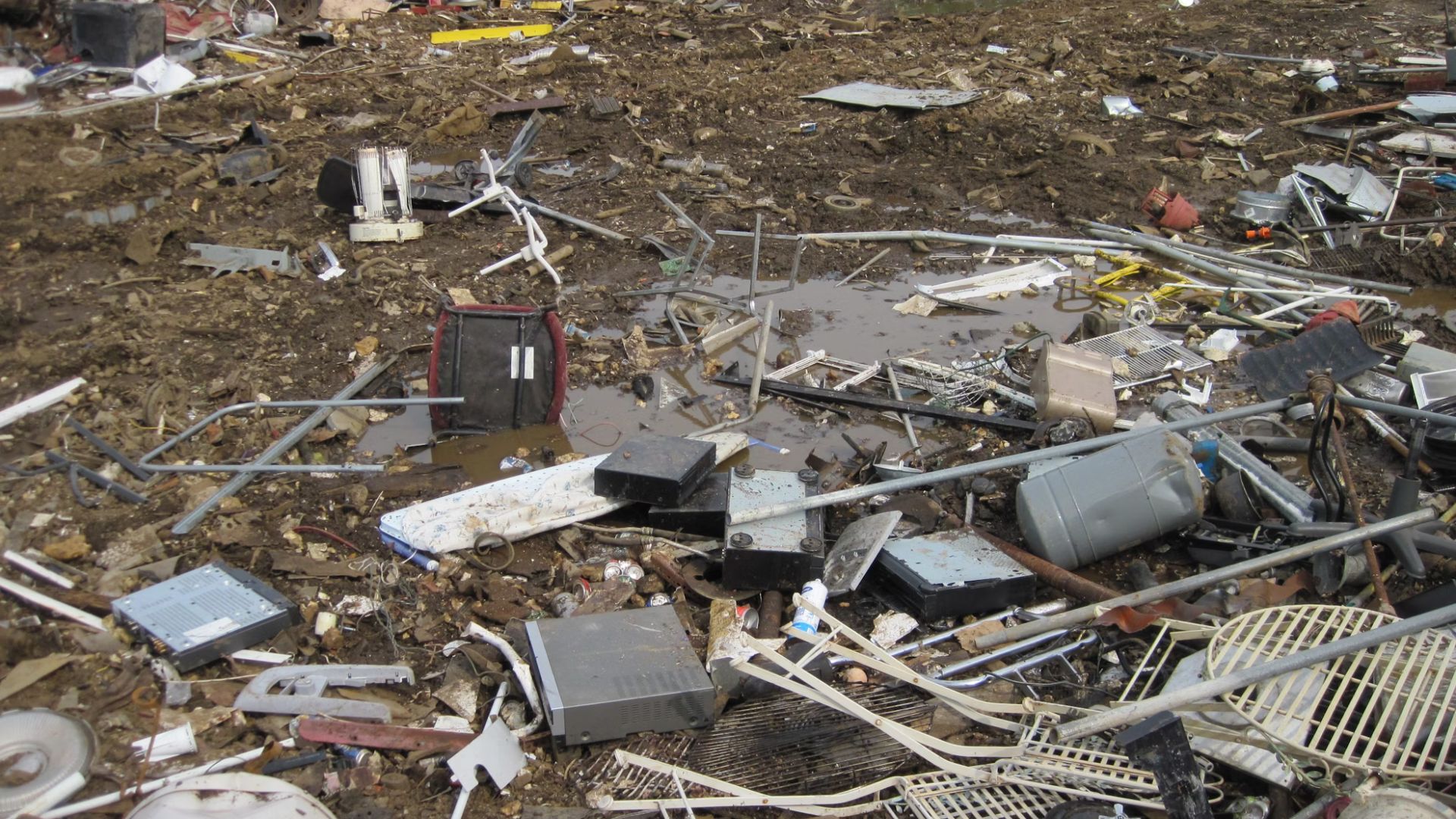
Experts have warned the public of the short- and long-term risks associated with earthquakes, and some are more common than people think.
According to the experts, long-term risks are always present, but short-term risks tend to arise whenever something happens, such as an earthquake. As each day passes without another earthquake, the short-term risks start to decrease.
How a Megaquake Can Happen
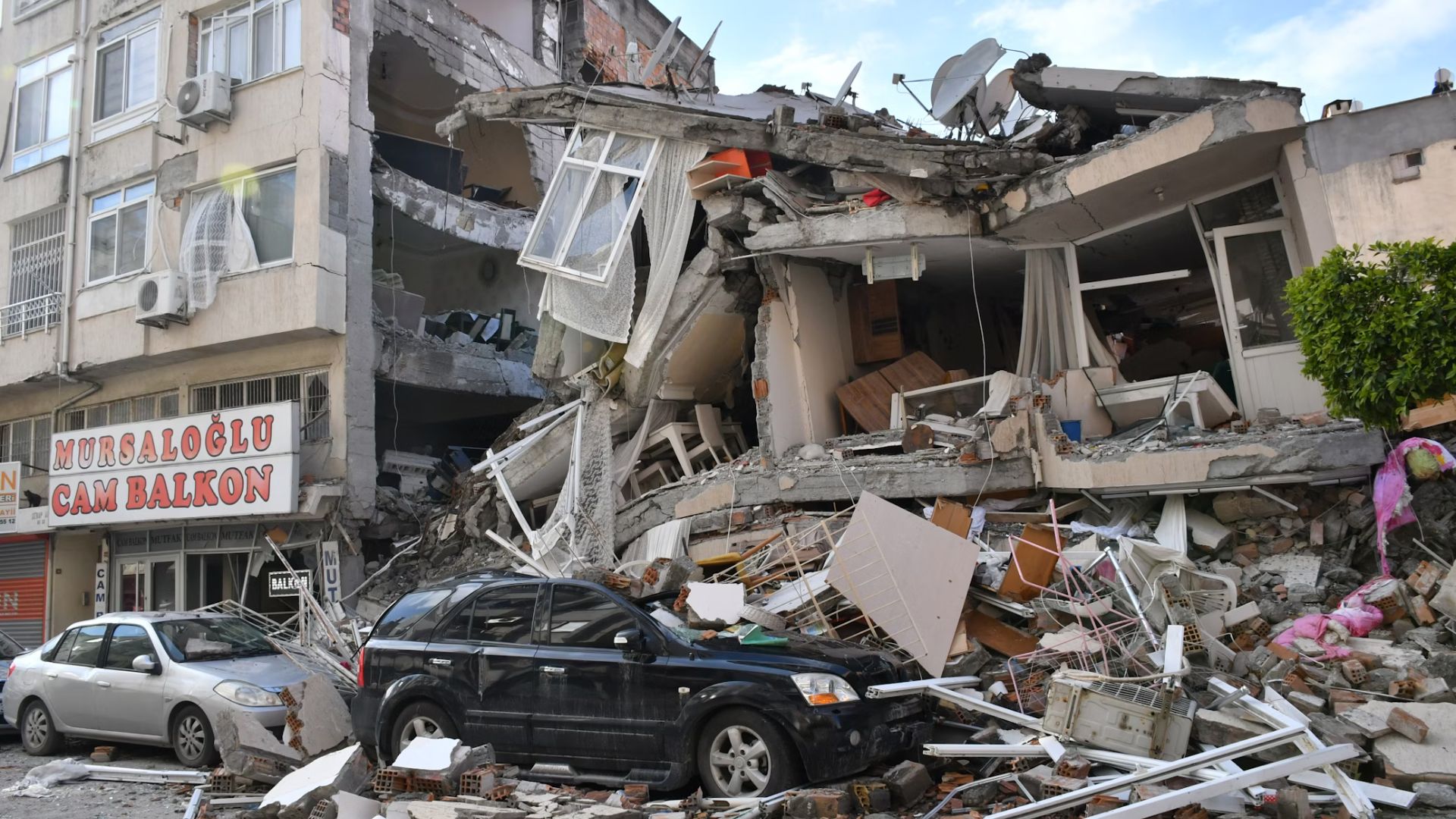
A megaquake can occur when a subduction zone fault (such as the Nankai Trough) builds up stress and slips. Even the smallest slips can cause disastrous consequences for those living in the area.
The Nankai Trough has several segments, but if the entire plate were to slip at the same time, there would be a 9.1-magnitude earthquake.
The Worst-Case Scenario
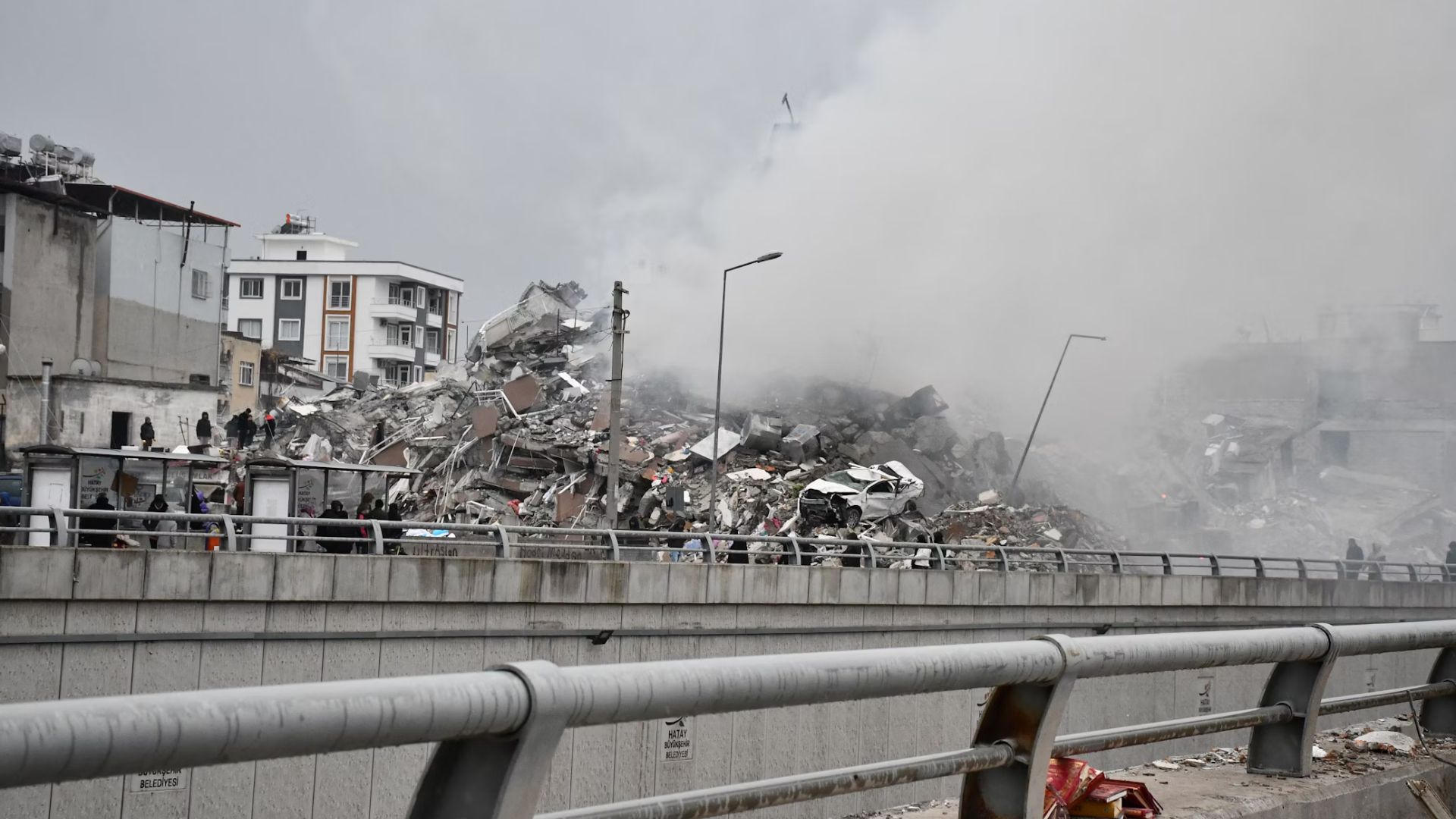
Experts have looked at the worst-case scenario in the case of a megaquake happening, and it will result in lives lost and a lot of money needing to be spent to rebuild.
It is believed that around 300,000 people would be killed in the megaquake, and $13 trillion would need to be spent. However, it is important to note this is the worst-case scenario and might not even happen.
Just an Advisory Is in Place
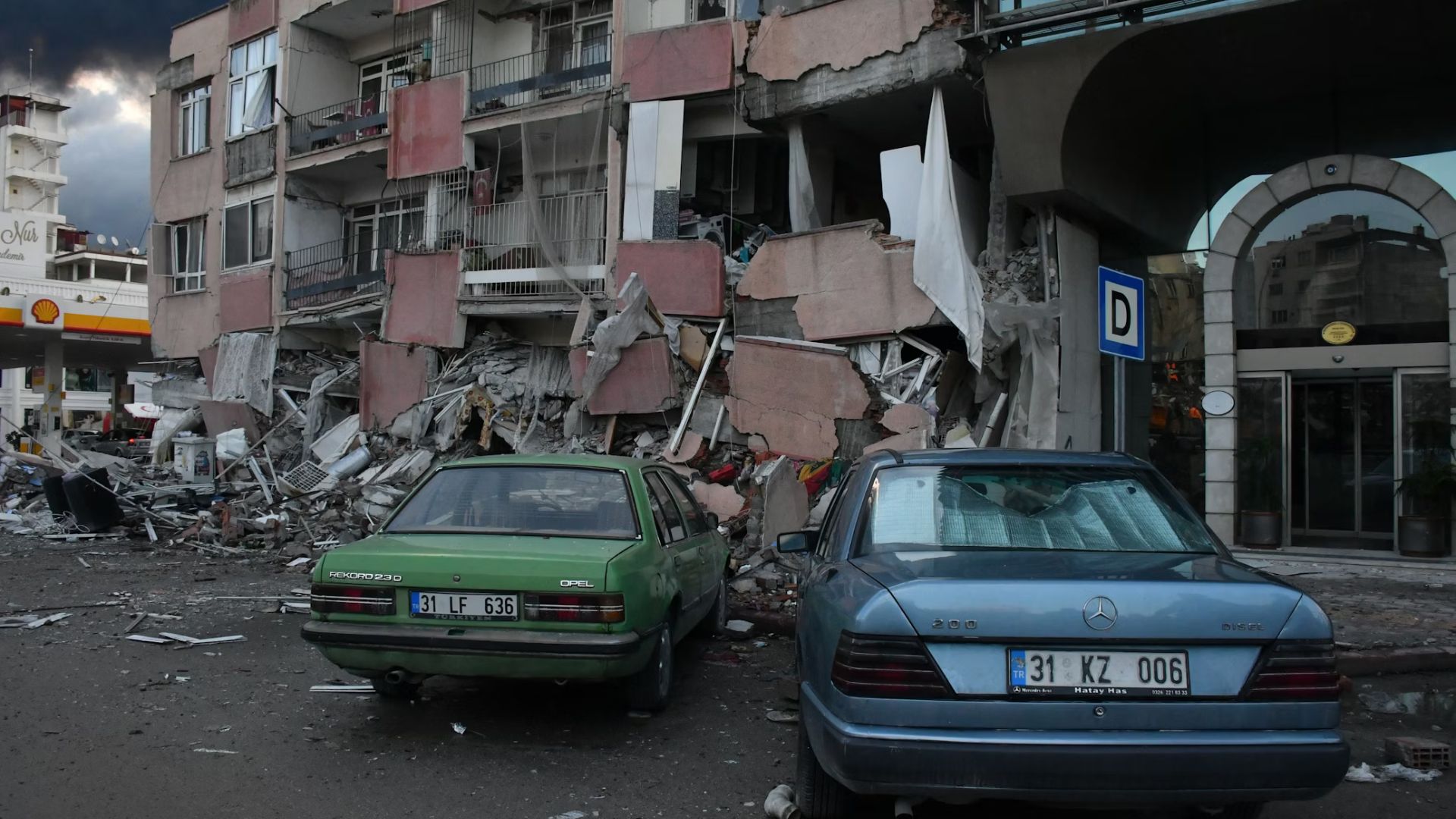
It is important to note that only an advisory is in place at this current time. This is also the lower of two alerts that officials could issue, suggesting people shouldn’t worry too much right now.
This means that people should still remain on high alert over the next few days and know their evacuation routes.
The Megaquake Might Not Happen
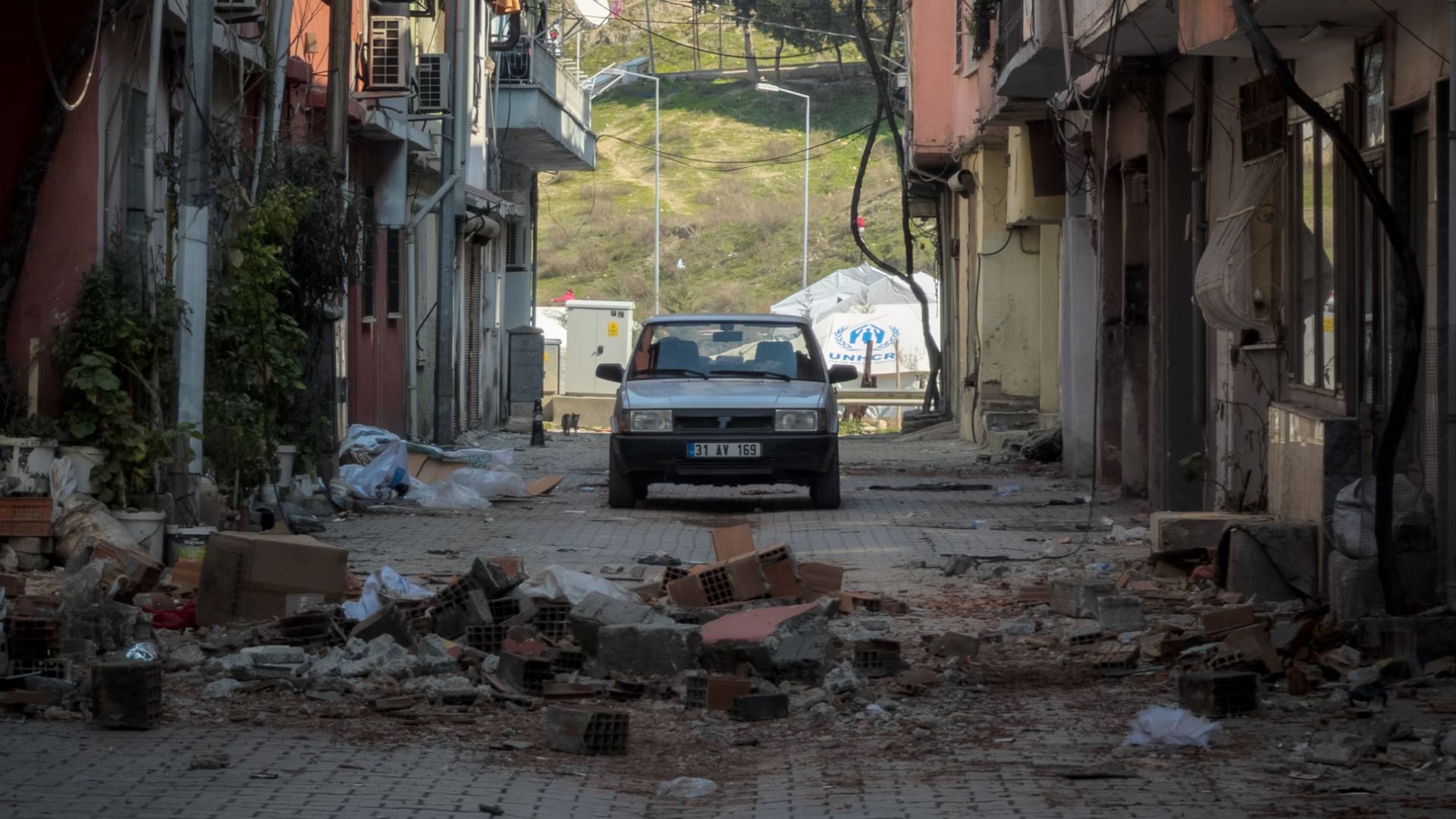
One important point is that the megaquake might not even happen. However, all precautions have to be taken in the likelihood that it does happen.
This is why officials are urging civilians to remain vigilant and evacuate any areas considered high-risk if they are told to do so. This is to reduce any harm to life if a megaquake does happen.
Do Not Panic Buy
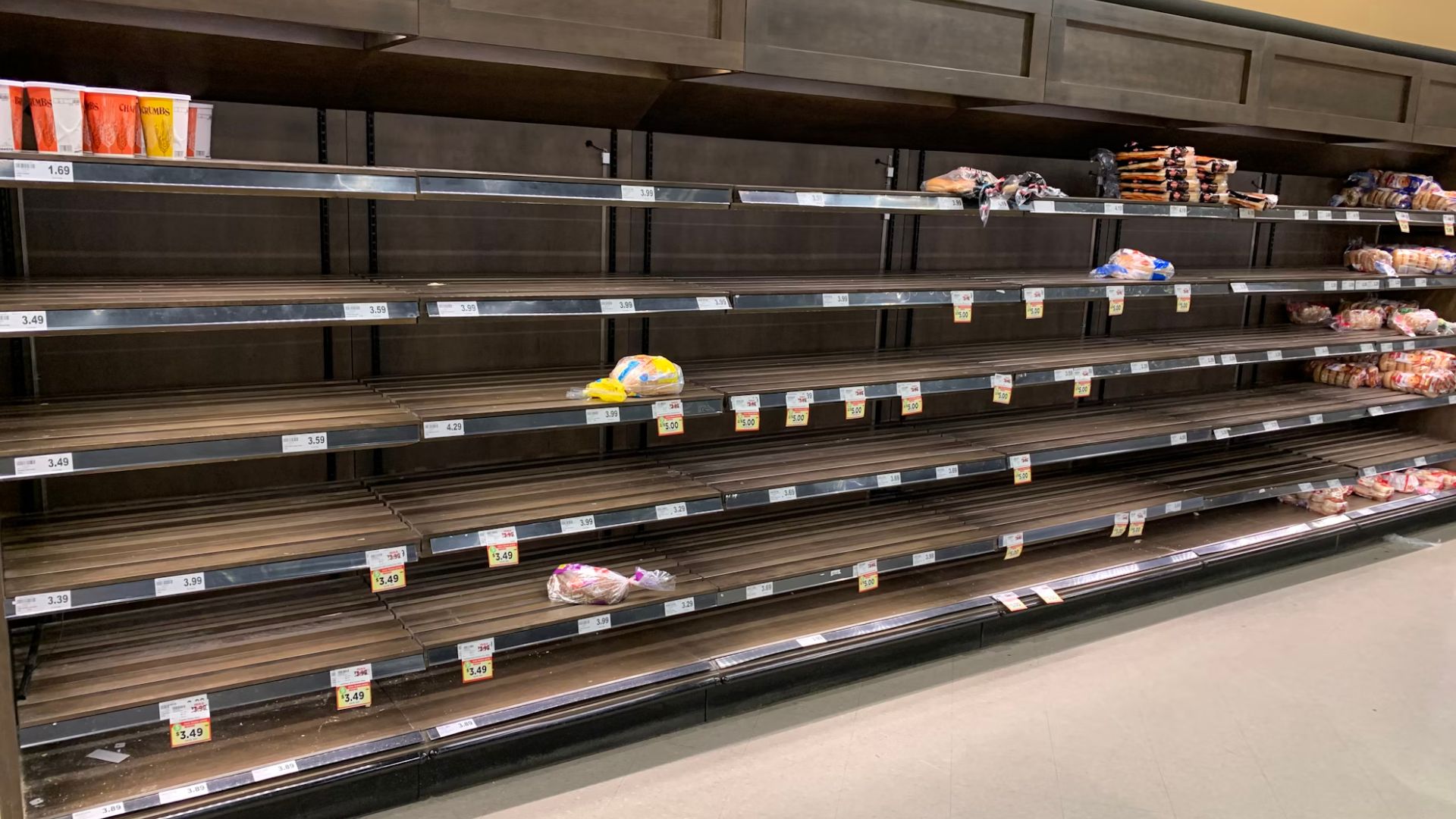
Despite the warnings, those living in the area have been told not to panic buy or hoard daily necessities, as they don’t believe it has got to that point just yet.
Even though it is easy for people to do this when in a worrying situation, officials want to make sure they know the full facts before anyone takes drastic action.
Prime Minister Briefing

Briefings were held by Prime Minister Fumio Kishida and Chief Cabinet Secretary Yoshimasa Hayashi.
They were held to inform the public of safety measures and to call for constant vigilance. Kishida canceled a planned visit to Central Asia following the warning of a ‘megaquake.’
